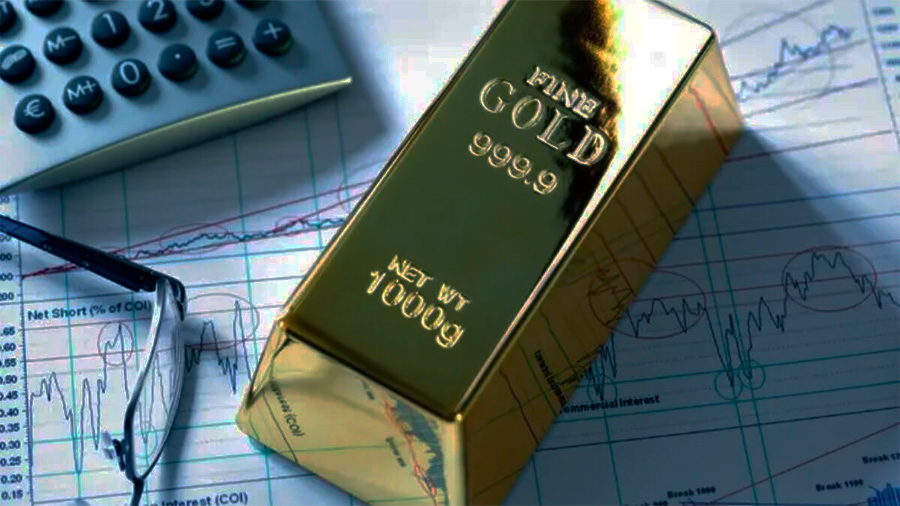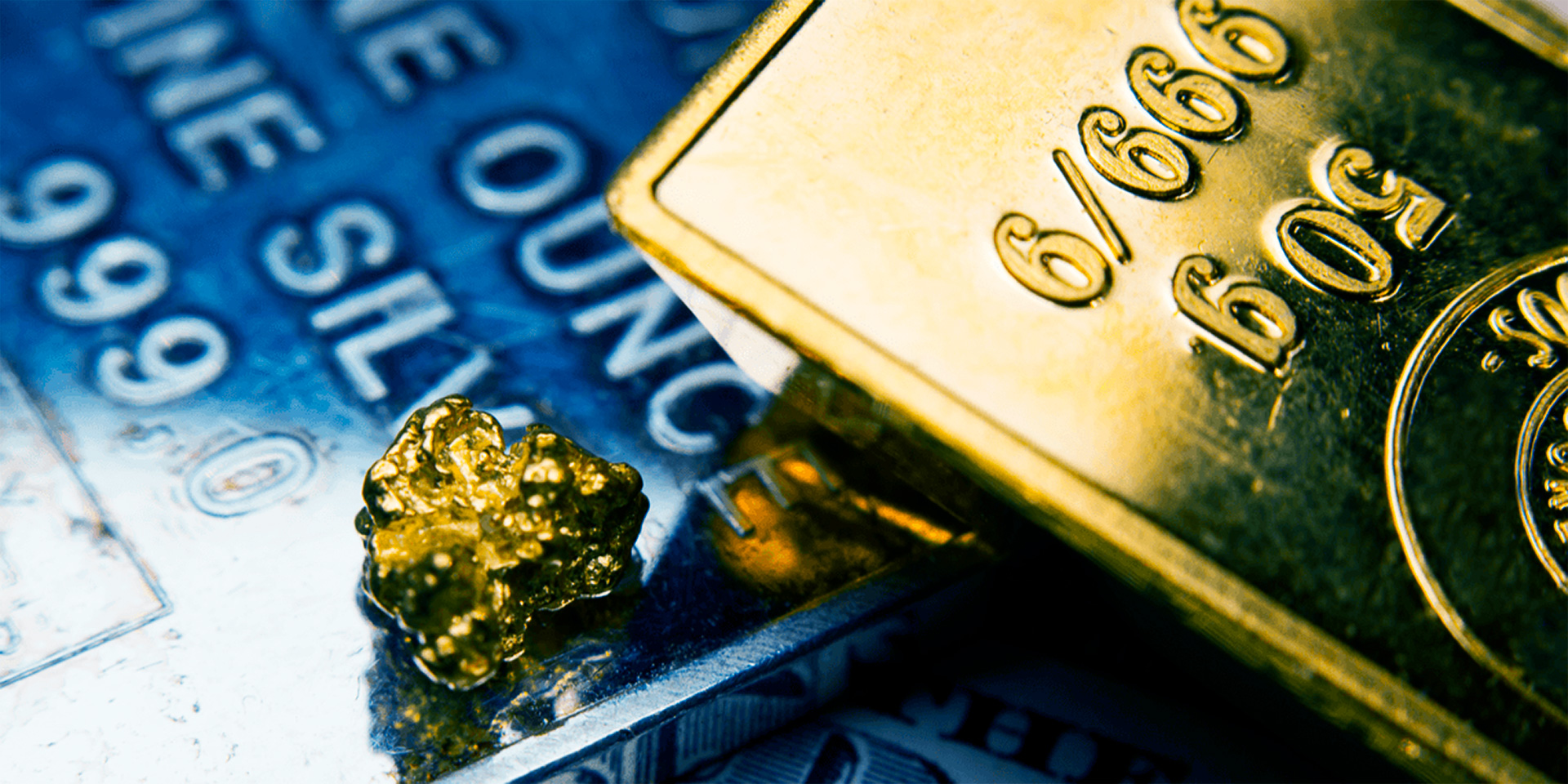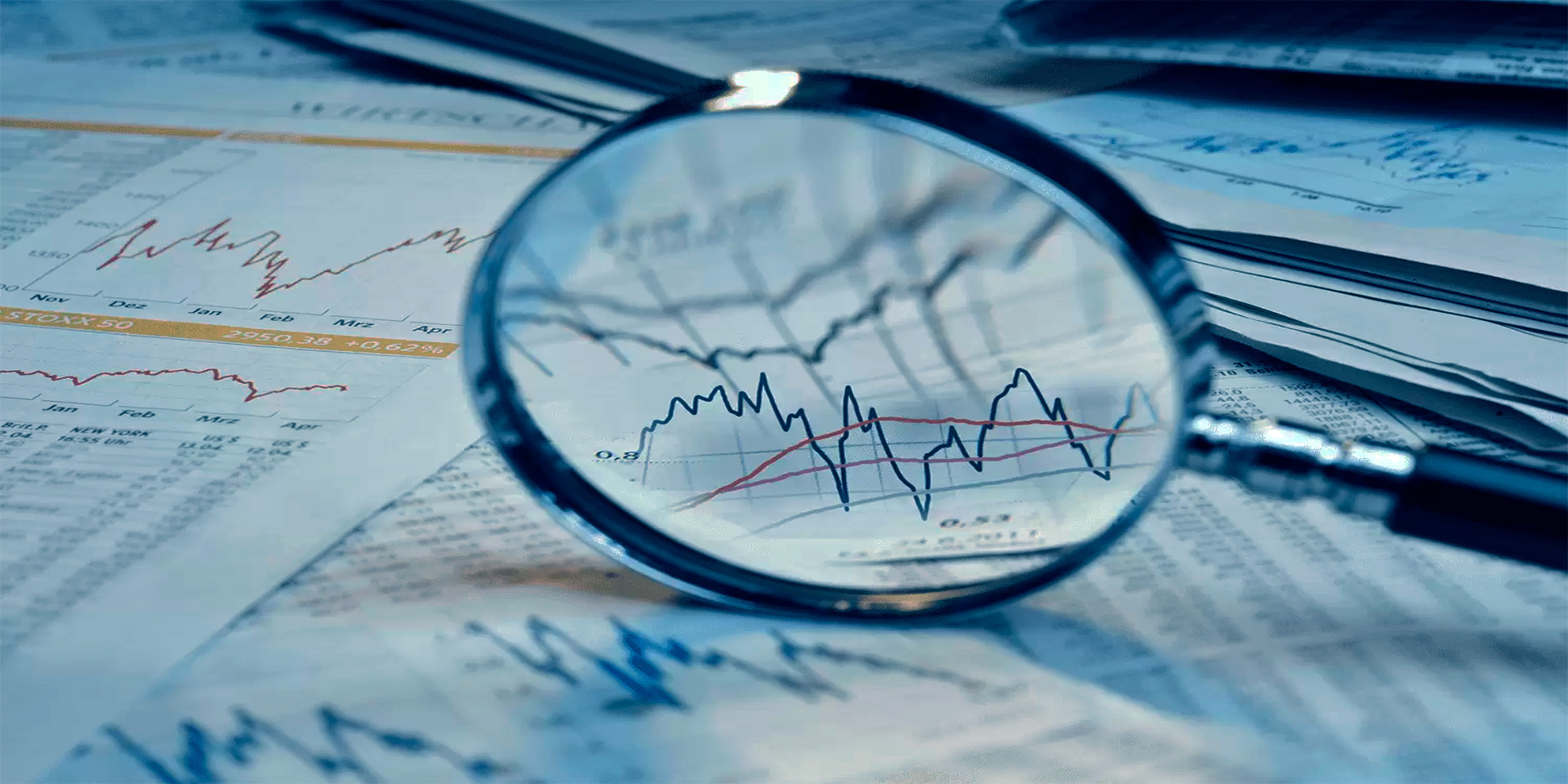Precious metals, including gold, silver, and platinum, have historically been pillars of economic stability during times of stagnation. These metals serve as a hedge against inflation, a store of value, and an investment vehicle for individuals and governments alike. In addition, mining and trade of these commodities foster economic growth by creating jobs, stimulating local economies, and supporting industrial innovation. This article delves into the critical roles precious metals play in stabilizing and revitalizing economies, particularly during prolonged periods of economic stagnation.
The Strategic Importance of Gold Reserves
Gold reserves are the cornerstone of economic security. Central banks worldwide hold substantial gold reserves to ensure stability during periods of uncertainty. Gold acts as a safeguard against currency devaluation and provides financial credibility in global markets. In times of economic stagnation, these reserves become even more vital, serving as a foundation for monetary policies and international loans.
Consider the case of Germany and the United States, which possess some of the largest gold reserves globally. These reserves not only bolster their currencies but also provide a cushion against financial crises. For example, during the global financial crisis of 2008, nations with robust gold reserves were better equipped to navigate market volatility and maintain investor confidence.
Advantages of Maintaining Substantial Gold Reserves
- Support national currency values and enhance financial stability.
- Act as a hedge against geopolitical and economic risks.
- Strengthen fiscal policies by providing a secure asset base.
With its universal recognition and intrinsic value, gold remains a critical asset for economies striving to transition from stagnation to recovery.
Mining Investments: Engines of Economic Recovery
Mining operations play a transformative role in reviving stagnating economies. By extracting and processing precious metals, countries generate revenue, create employment opportunities, and attract foreign investments. Mining also stimulates ancillary industries such as construction, logistics, and equipment manufacturing, amplifying its economic impact.
Countries like Australia and South Africa exemplify the economic benefits of mining. Both nations have robust mining sectors that significantly contribute to their GDP. During economic slowdowns, mining provides a lifeline by maintaining employment levels and generating export revenue. Moreover, advancements in mining technologies enable sustainable extraction practices, ensuring long-term resource utilization.
Key Challenges and Opportunities in Mining
- Environmental sustainability requires adopting eco-friendly mining methods.
- Market volatility necessitates adaptive strategies to mitigate risks.
- Technological innovations improve efficiency and lower operational costs.
Investments in mining not only create immediate economic benefits but also lay the groundwork for sustained growth and resilience.

Precious Metals as a Hedge Against Inflation
Inflation erodes the purchasing power of fiat currencies, making it essential to invest in assets that retain value. Precious metals, particularly gold and silver, are widely regarded as effective inflation hedges. These metals maintain their intrinsic value, even during periods of economic instability, providing a reliable safeguard for wealth preservation.
For instance, during the 1970s’ period of stagflation, gold prices surged as investors sought refuge from the depreciating dollar. Similarly, silver’s industrial applications ensure its consistent demand, offering an additional layer of security for investors. Platinum, with its use in catalytic converters and renewable energy technologies, provides further diversification.
Strategies for Leveraging Precious Metals During Inflation
- Invest in physical gold or ETFs to secure long-term wealth.
- Diversify with silver and platinum for both investment and industrial applications.
- Explore mining stocks to gain exposure to the broader precious metals sector.
By incorporating precious metals into your investment portfolio, you can effectively hedge against inflation while securing financial stability during uncertain times.
Trade in Precious Metals: Boosting Global Economic Collaboration
The trade of precious metals facilitates economic recovery by fostering international collaboration and liquidity. Countries rich in natural resources export these metals, earning foreign exchange reserves crucial for stabilizing their economies. Simultaneously, importing nations benefit from the industrial applications of these metals, driving technological advancements and manufacturing growth.
China serves as a prominent example of leveraging precious metal imports. As the world’s largest consumer of gold, China uses this metal for monetary reserves, jewelry production, and industrial purposes. The revenue generated from gold and other precious metals supports the country’s economic diversification and resilience.
Key Benefits of Precious Metal Trade
- Strengthens foreign exchange reserves and stabilizes currencies.
- Encourages technological innovation and industrial growth.
- Fosters bilateral and multilateral trade agreements.
Global trade in precious metals ensures interconnectedness between economies, creating opportunities for recovery and growth even during prolonged stagnation.

Technological Advancements in Precious Metal Utilization
Technological innovation has expanded the applications of precious metals, creating new opportunities for economic growth. Gold, for example, is used in advanced electronics and medical technologies, while silver’s antimicrobial properties make it indispensable in healthcare and consumer goods. Platinum plays a critical role in renewable energy technologies, particularly in hydrogen fuel cells and catalytic converters.
These advancements not only drive demand for precious metals but also stimulate high-value industries. For example, the renewable energy sector’s reliance on platinum underscores the metal’s importance in transitioning to a greener economy. Similarly, the medical industry’s use of gold nanoparticles for imaging and treatment highlights its role in improving healthcare outcomes.
Emerging Opportunities in Precious Metal Applications
- Gold’s use in electronics enhances efficiency and durability.
- Silver’s antimicrobial properties revolutionize healthcare and sanitation.
- Platinum’s role in renewable energy drives sustainable development.
Investing in the technological applications of precious metals creates avenues for innovation and long-term economic progress.
Government Policies and Precious Metals
Governments play a crucial role in leveraging precious metals for economic stabilization. Policies that encourage mining investments, regulate trade, and promote the use of precious metals in industries contribute to economic recovery. Tax incentives for mining operations, for instance, can attract foreign direct investment, while trade agreements ensure stable pricing and supply chains.
In addition, central banks’ strategic management of gold reserves provides a foundation for monetary policies. By maintaining a balance between supply and demand, governments can stabilize their currencies and create a favorable environment for economic growth.
Policy Measures to Enhance Precious Metal Utilization
- Offer tax incentives for sustainable mining practices.
- Facilitate trade agreements to ensure market stability.
- Encourage industrial innovation using precious metals.
Through effective policies, governments can maximize the economic potential of precious metals, paving the way for recovery and growth.
The Conclusion
Precious metals serve as vital assets during periods of economic stagnation. From stabilizing gold reserves to fostering technological innovation, their multifaceted roles support economies in transition. By harnessing the potential of these commodities, you can ensure resilience, stability, and long-term prosperity even during challenging times.




